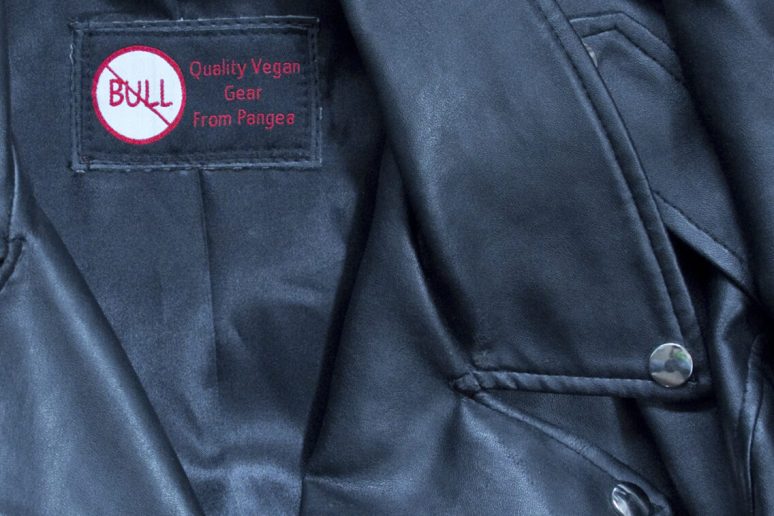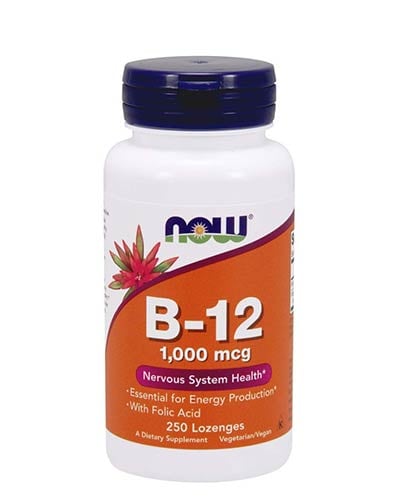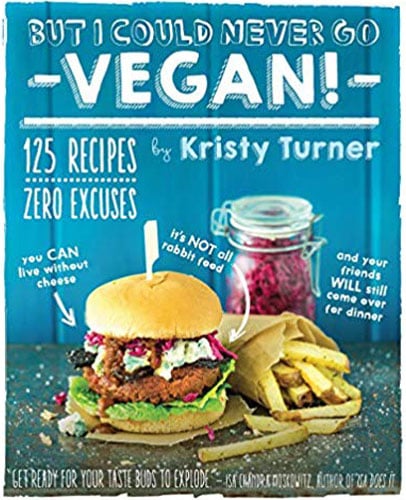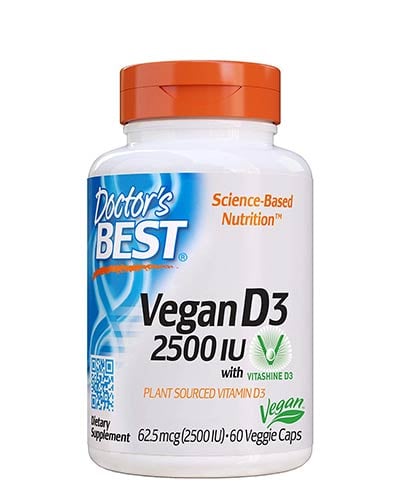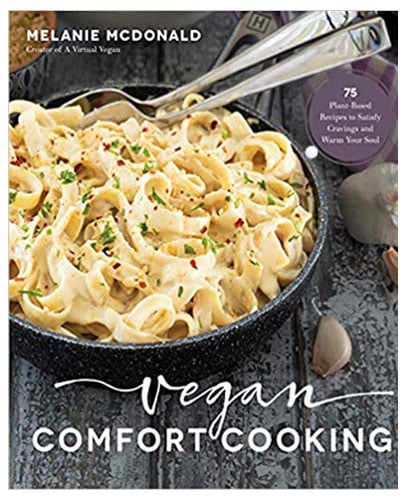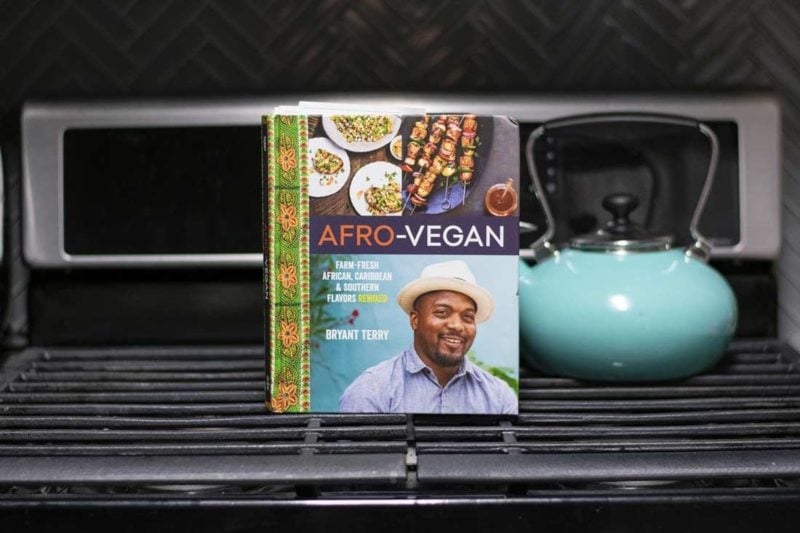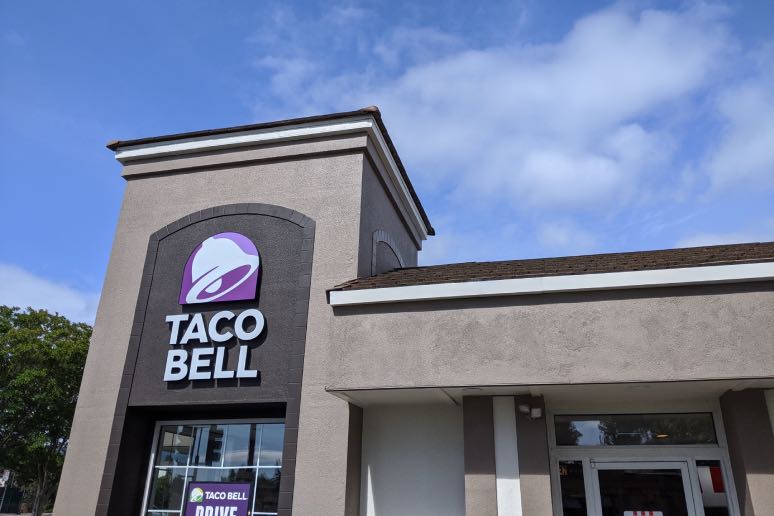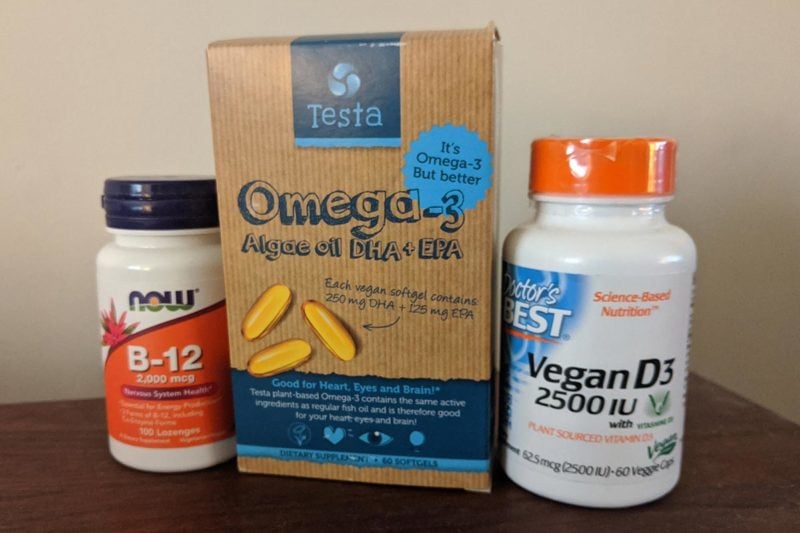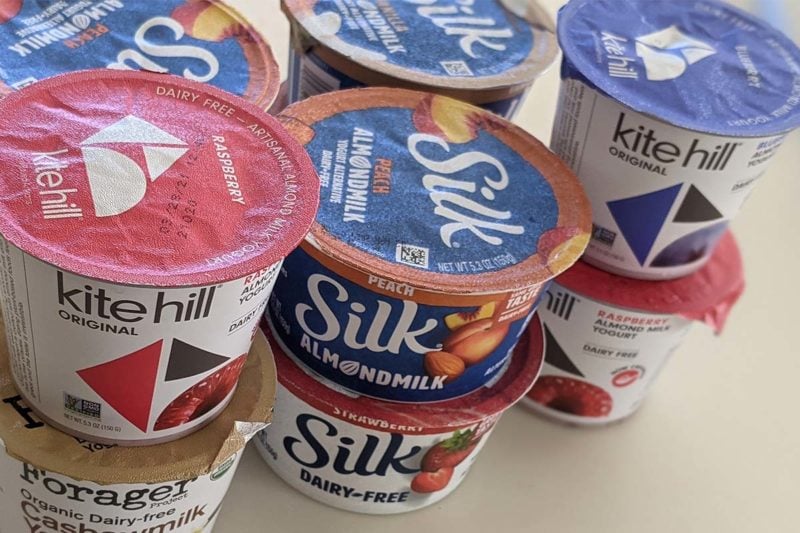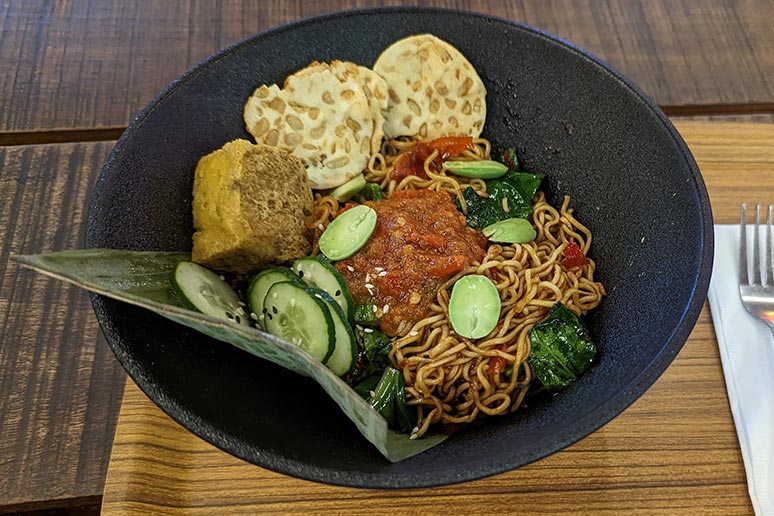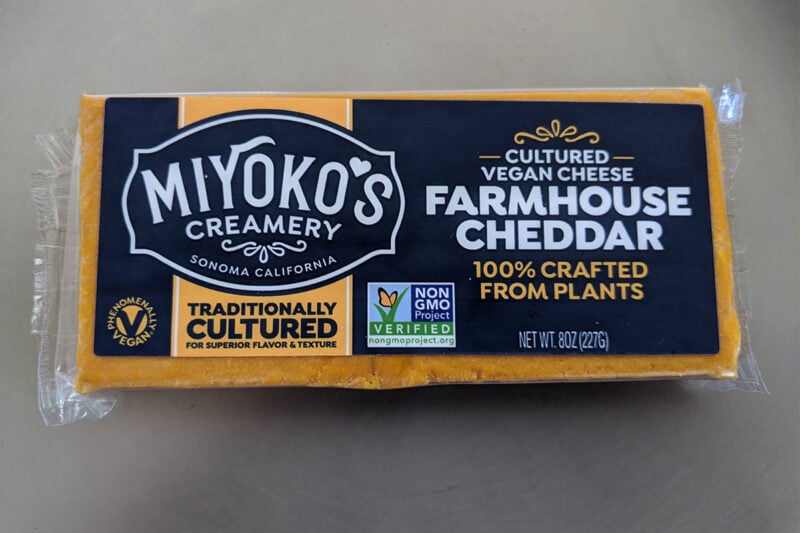Leather and suede are made from animal skins, and are therefore not vegan. Uses include:
- shoes
- belts
- wallets
- purses and handbags
- jackets
- car seats
- furniture upholstery
- watch bands
- phone cases
- drum skins
- Footballs, baseballs, and indoor basketballs
- baseball mitts
Most leather comes from cattle and pigs. It’s also sourced from sheep, ostriches, snakes, and alligators.
Leather Production and the Environment
So, what’s wrong with leather? Many people regard it as a quintessentially natural product. The reality, however, is that leather processing is remarkably harmful to the environment.
Untreated animal skin decomposes rapidly. To keep it from breaking down, tanneries use a variety of nasty substances, including chromium—a particularly hazardous heavy metal. These tanning agents likely pose greater health and environmental hazards than any substance used to make vegan leather alternatives. The Ecologist asserts that, “Tanning is one of the most toxic industries in the world because of the chemicals involved.”
The leather tanning industry has a poor track record of dealing with its waste and keeping it out of waterways.
Leather and Animal Cruelty
Despite what many believe, leather is not an innocuous karma-free byproduct of the meat industry. Most of it comes from factory farmed cattle and pigs. These animals endure harsh confinement, and their quality of life is abysmal.
The hide taken from a steer or dairy cow provides a meaningful portion of the carcass’s value. Since cattle ranching is a low-margin business, the small but significant income leather generates boosts profit margins, which in turn makes it profitable for ranchers to raise more animals. If you want to go down that rabbit hole, marginal cost macroeconomics explains why the income derived from leather inevitably increases the livestock industry’s total output. And that in turn drives up the number of animals subjected to harsh confinement and brutal slaughter.
Vegan Alternatives
It’s easy to find cruelty-free vegan leather. There are vegan belts, shoes, and even “pleather” jackets. And most cars are available with seats made from fabric or synthetics.
In 2023, Apple made the laudable decision to stop selling leather Apple Watch bands and iPhone cases, by switching to a custom vegan material it calls FineWoven.

